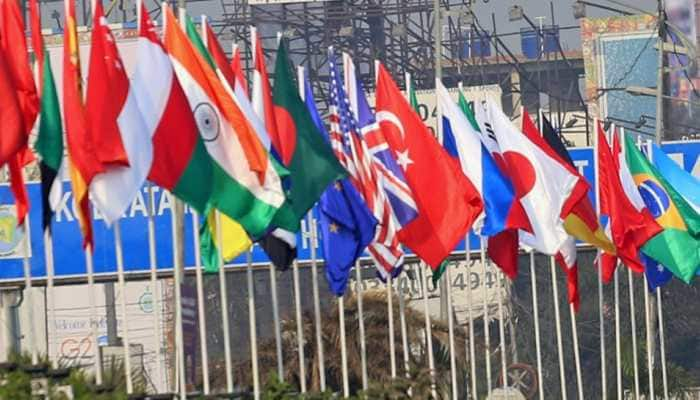DNA Exclusive: History of bursting firecrackers on Diwali and its contribution in causing pollution
Zee News Editor-in-Chief Sudhir Chaudhary analysed all the news around pollution in North India and if Diwali is the only reason.
Trending Photos
New Delhi: The pollution levels in Delhi reached 'Hazardous' levels post Diwali despite appeals to not burst crackers this year. Several states had banned the bursting of fire crackers due to pollution. All these messages may cause concern if cannot even celebrate Diwali any more.
On Friday's episode of DNA, Zee News Editor-in-Chief Sudhir Chaudhary analysed news of pollution reported from North India and if bursting crackers on Diwali is the only reason.
Historically Diwali is celebrated to celebrate the return of Lord Rama to Ayodhya but at that time in history firecrackers had not been invented. There is no mention of firecrackers being burst in Ayodhay in Tulsidas' Ramcharitmanas.
In a specific verse on page 839 it reads, "...There was a sound from the sky, the whole Ayodhya was decorated with flowers, a special fragrance was scattered in the streets." However, there is no mention of bursting of crackers.
The history of Ramayana is believed to be 5000 years old but the use of firecrackers originated from China about 2200 years ago. These firecrackers were not made from gunpowder but from bamboo. The use of gunpowder to make firecrackers also started in China in the 9th century.
The Air Quality Index touched 999 at many places in the national capital today which means that the amount of PM 2.5 particles in the air in these areas was more than 999 particles per cubic meter. The AQI measurement stops at 999 because the machines to record pollution stops at 999.
According to the data of the Central Pollution Control Board till 5 pm, the average Air Quality Index (AQI) of Delhi was 462 which is considered 'Hazardous' while the AQI of Delhi and many nearby areas is more than 800.
As per CPCB records, there is not a single city in North India where the air quality is good or satisfactory as of today. This may lead people to believe that in North India a festival like Diwali is celebrated with great pomp and there is a lot of fireworks.
But stubble burning contributes to 36 per cent, construction work makes for 30 per cent of pollution and emissions from vehicles cause 28 per cent. Nearly 94 per cent of pollution is due to these three reasons so even if we assumed that the rest of the pollution is due to firecrackers burnt on Diwali, then its share is only 6 percent.
This means that Diwali crackers may or may not be the only cause of pollution but it can prove to be lethal for persons suffering from some or the other form of physical ailment or even the COVID-19 recovered patients.
It is ironic that when there was acute shortage of oxygen 7 to 8 months ago people understood the value of every breath but today people of the same country are lighting firecrackers and do not care if there is someone around them who may not be able to cope with these levels of pollution.
Stay informed on all the latest news, real-time breaking news updates, and follow all the important headlines in india news and world News on Zee News.
Live Tv







)
)
)
)
)
)
)
)
)
)
